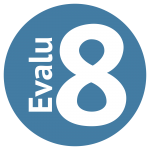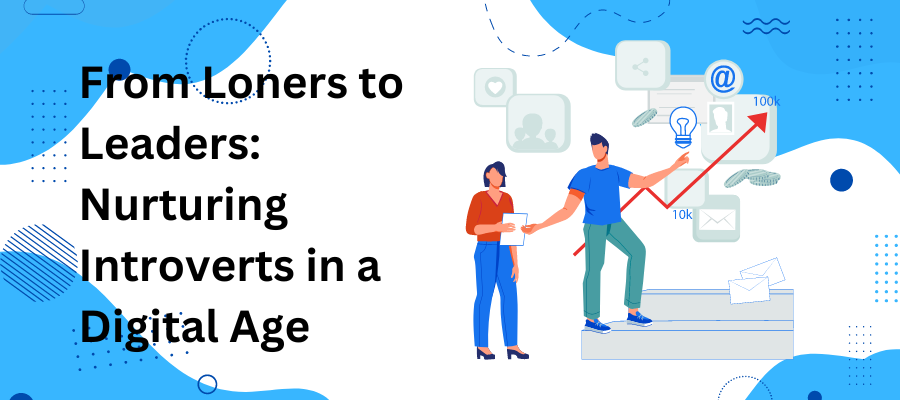When it comes to our work life, we are often categorized as either extroverts, relishing in the company of others, or introverts, craving solitude and quiet reflection. However, as one respondent noted, “There is a need for the workplace to better cater for introverts, not everyone is an extrovert who shines in the digital world.”
Debunking Common Myths About Extroverts and Introverts
A common misconception is that extroverts are always outgoing and socially skilled, while introverts are shy and prefer to work alone. However, the reality is much more nuanced. Just as we wouldn’t judge a book by its cover, we shouldn’t pigeonhole individuals based on surface-level observations of their social behavior.
The Unique Strengths and Challenges of Extroverts and Introverts
Like a two-sided coin, both extroverts and introverts have unique strengths and challenges that come with their personality types. Extroverts, who recharge through social interaction, might excel in team projects and presentations. On the flip side, they may struggle with solitary tasks. Introverts, on the other hand, often have a knack for deep focus and independent problem-solving but might feel drained by excessive social interaction.
Strategies for Nurturing Extroverts and Introverts in the Workplace
The key to nurturing both personality types in the workplace lies in understanding and capitalizing on their unique strengths, much like a gardener who knows exactly how much sunlight and water each plant needs. Managers can create diverse teams that balance the strengths of extroverts and introverts. They can also provide flexibility in task assignments and work settings to cater to different needs.
The Impact of the Digital Shift on Different Personality Types
The digital shift has amplified the differences between extroverts and introverts. Video calls and virtual meetings might be energizing for extroverts, while introverts may prefer written communication and fewer meetings. Recognizing these differences and providing options can help companies nurture all types of personalities in the digital age.
Real-World Case Studies of Personality-Inclusive Workspaces
Companies like Company X and Y have successfully created inclusive environments that cater to all personality types. They have found that by recognizing and leveraging the strengths of both extroverts and introverts, they can boost creativity, productivity, and employee satisfaction.
Embracing the Power of Personality Diversity
In the end, both extroverts and introverts bring unique strengths to the table. By embracing the power of personality diversity, we can create more inclusive, productive, and satisfying workplaces.
TL;DR
The digital age requires a nuanced understanding of extroverts and introverts. By debunking myths, recognizing unique strengths, and adapting strategies, we can foster a balanced, personality-inclusive workspace.
My Takeaway
Much like a gardener nurturing different plants, managers can cultivate a thriving workplace by understanding and catering to the unique needs of extroverts and introverts. Diversity in personality, like diversity in species, strengthens the ecosystem.
More from the HR Blog
We are thrilled to announce that Evalu-8 HR has been...
The anticipation is palpable as we count down to one...
Flextime, also known as flexible working hours, is a working...
In the realm of working patterns, the term ‘Tandem Scheduling’...





